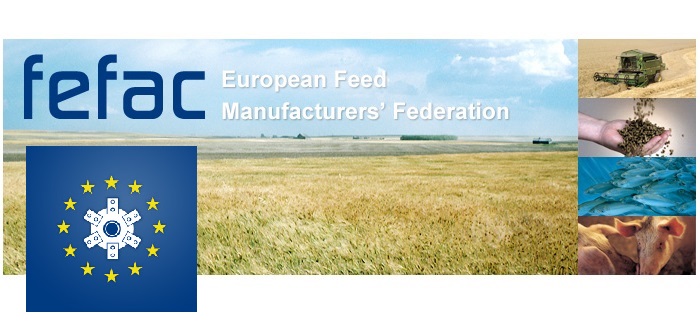Compound poultry feed production in Europe increased by 1.2% in 2015 and is forecast to rise again in 2016, albeit by a more modest 0.5%, according to the latest figures from the European Feed Manufacturers’ Federation (FEFAC).
“Poultry feed production continued to grow (in 2015), boosted by an increase per capita in meat consumption (+2.7%), which primarily benefited poultry meat (+4%),” said FEFAC. “As a consequence, poultry feed consolidated its position as the leading segment of EU compound feed production and is now well ahead of pig feed.
Based on data provided by FEFAC members, compound feed production in the EU-28 in 2015 reached 157.3 million tonnes, which was 0.6% more than in 2014. Within this overall performance cattle feed production dropped by 0.7%, while pig feed and poultry feed grew by 0.6% and 1.2% respectively.
In relation to 2016, however, FEFAC market experts are “relatively pessimistic” concerning industrial compound feed production this year.
While forecasting a continued upward trend on poultry feed demand, although at a slower 0.5% pace than in 2015, they suggest that pig feed demand will be significantly reduced (-1.5%), in line with forecasts of falling pigmeat production in the EU. Overall, this would lead to a 0.7% decrease in compound feed production in 2016 versus 2015.
Commenting on raw material supplies in 2016, FEFAC voiced “concerns” regarding the quality of the 2016 EU cereals harvest due to the humid and cold weather conditions in several EU member states, stating that while this may result in higher supplies of feed wheat, “prudence” will be required as regards the sanitary quality of available raw materials.
Concerning proteins, meanwhile, following the lower than expected South American 2016 soya harvest, combined with a higher global demand for soya-bean meal, FEFAC said the attention is now focused on US soya harvest forecasts. The federation’s US crop view, however, is that things look “relatively good for the time being”.


